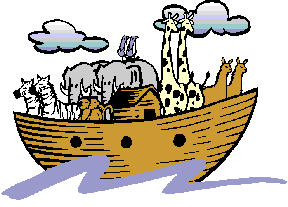














|





 


 




|
|


    Humans came into contact with horses about 50,000 years ago, but they were not ridden at this time they were originally herded for meat, skins, and possibly for milk. Evidence suggests that they were domesticated about 5,000 years ago. Two groups of horses developed from the small and stocky animals that were first domesticated: The 'hot-blooded' southerly Arab-Barb types and the northerly, 'cold-blooded' types. All modern breeds are derived from these two types, including the light, fast, spirited breeds typified by the modern Arabian, and the working breeds such as the English shire horse. Ponies are a breed of horse that stand less than 14.2 hands high. The horse also known as Equus caballus has had a bigger impact on human societies than any other animal. They have been used in war, work, travel and leisure, and are still a very important part of life today. Horses typically live for 20-25 years. Przewalski's horse or Equus przewalskii, is the only true wild horse, and other wild horses are actually feral. This species is listed by the IUCN as 'Extinct in the Wild', although there are specimens in zoos. Original horse populations were once found in the steppe regions at the bottom of the Black Mountains, Eurasia. Domesticated horses occur throughout the world. Horses live in harem-based social systems, with the males or stallions dominating a group of females or mares. When male foals reach adulthood, they join bachelor herds until they can gain ownership of a harem. Horses feed on grass, if they are domesticated, their diet is supplemented with grain. Females give birth to one foal after an 11-month gestation period. The foal can stand within half an hour and it stays close to her side for the first few days of life. Foals are weaned after seven months.
 

 Please read our Legal Statement and Privacy Policy.
|